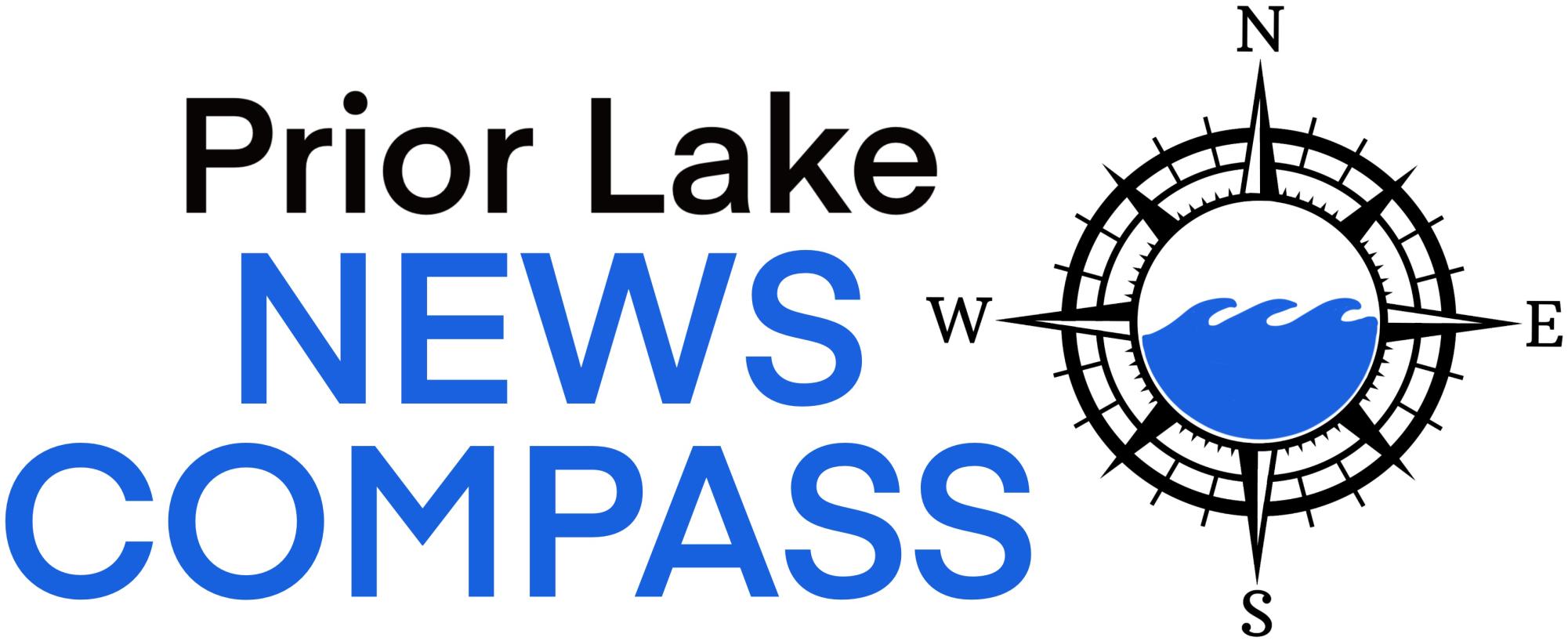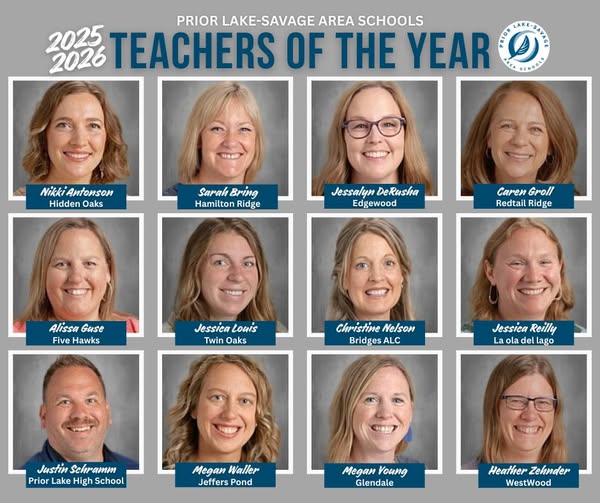The Learning, Achievement and Innovation (LAI) team for Prior Lake-Savage Area Schools presented its student data and curricular resource updates to the school board during its regular meeting on Sept. 8.
Dr. Jennie Zumbusch, Director of Assessment & Improvement, began the presentation by pointing out the district’s Minnesota Comprehensive Assessment math and reading scores have remained relatively flat over the past several years. She added, however, that the district’s scores remain above the state average and many districts across Minnesota have seen the same lack of movement in their test scores.
She shared that the district’s teachers who have implemented the math curriculum used at the Bridges Learning Center have seen upward trends in their yearly assessments, as well as in their students’ scores. Current data on reading trends also confirmed that teachings based on Science of Reading (SOR) curriculum is needed, as well as ongoing professional development.
Dr. Tim Anderson, Executive Director of Academic Services, discussed the next steps that are planned for the district, including the alignment of teaching practices and materials with state standards and requirements.
The State of Minnesota updated its math mandates in 2022, but gave schools until the 2027-28 school year for new initiatives to be fully implemented. The district is monitoring and assessing how close the district has come to meeting 2022 standards. The materials used by students in grades kindergarten through eight are on par with the updated requirements. Math materials used at the high school level, however, are not aligned and in many cases, are 15 years old.
The district’s transition process is being stretched over three years, versus the norm of one to two years due to financial constraints. Teachers of Algebra 1, Geometry, Algebra 2 and eighth grade Advanced Math have begun using the new curriculum. Full use of the suggested curriculum is expected to be in place in the 2026-27 school year.
The second area of transition will be in elementary literacy. The Minnesota Reading to Ensure Academic Development Act, known as the (READ) Act, went into effect as of July 1, 2023. Members of the LAI team indicated the requirements are among the most robust ever seen and will take a number of years to fully implement.
The district’s elementary teachers are required to complete approved, evidence-based training programs by either July 1, 2026 or July 1, 2027. Assistant Director of Curriculum and Learning Caroline Warner shared that a large number of staff completed the coursework over the summer months, with remaining staff expected to finish by the end of this school year. The coursework for secondary teachers will be announced in October with registration beginning January of 2026. Similar to the math implementation, the transition process for the reading curriculum will be stretched over three years. Teachers are currently in the process of field testing the Minnesota Department of Education (MDE) approved curriculum this school year. The plan is to make a decision by the end of this year with full implementation by the 2026-27 school year.
The district plans to send notices to families in mid-September sharing information and notifying them of the resources that it will use in classrooms. A survey will be distributed mid-year requesting feedback. Parents will have the opportunity to view the new resources at the District Service Center and at the elementary school buildings during the fall conferences.
Board member Mary Frantz asked how the updated science standards might affect the district’s math and reading implementation plans. Anderson responded that the district’s plan is to do what it can with the resources that are available. “We are going to continue to be asked to balance what the state is asking, prioritize what that is and then take it in chunks that our system is able to digest.”
Board members Lisa Atkinson and Charles Johnson expressed concern that the board hadn’t seen the proposed new math and reading curriculums before that evening. They also questioned why there was only one curriculum per subject being analyzed. Anderson and Zumbusch indicated they had discussed the choice of resources being whittled down since 2023 and the impact of Minnesota Department of Education’s requirements on curriculum that could be considered. Superintendent Michael Thomas added that if the department did not approve of a curriculum, the district would not be reimbursed for the necessary resources. The district would also have the option to explore other curriculums after the first quarter if deemed necessary.
The board will continue to discuss the proposed course of action during its upcoming study session scheduled for Sept. 22.







